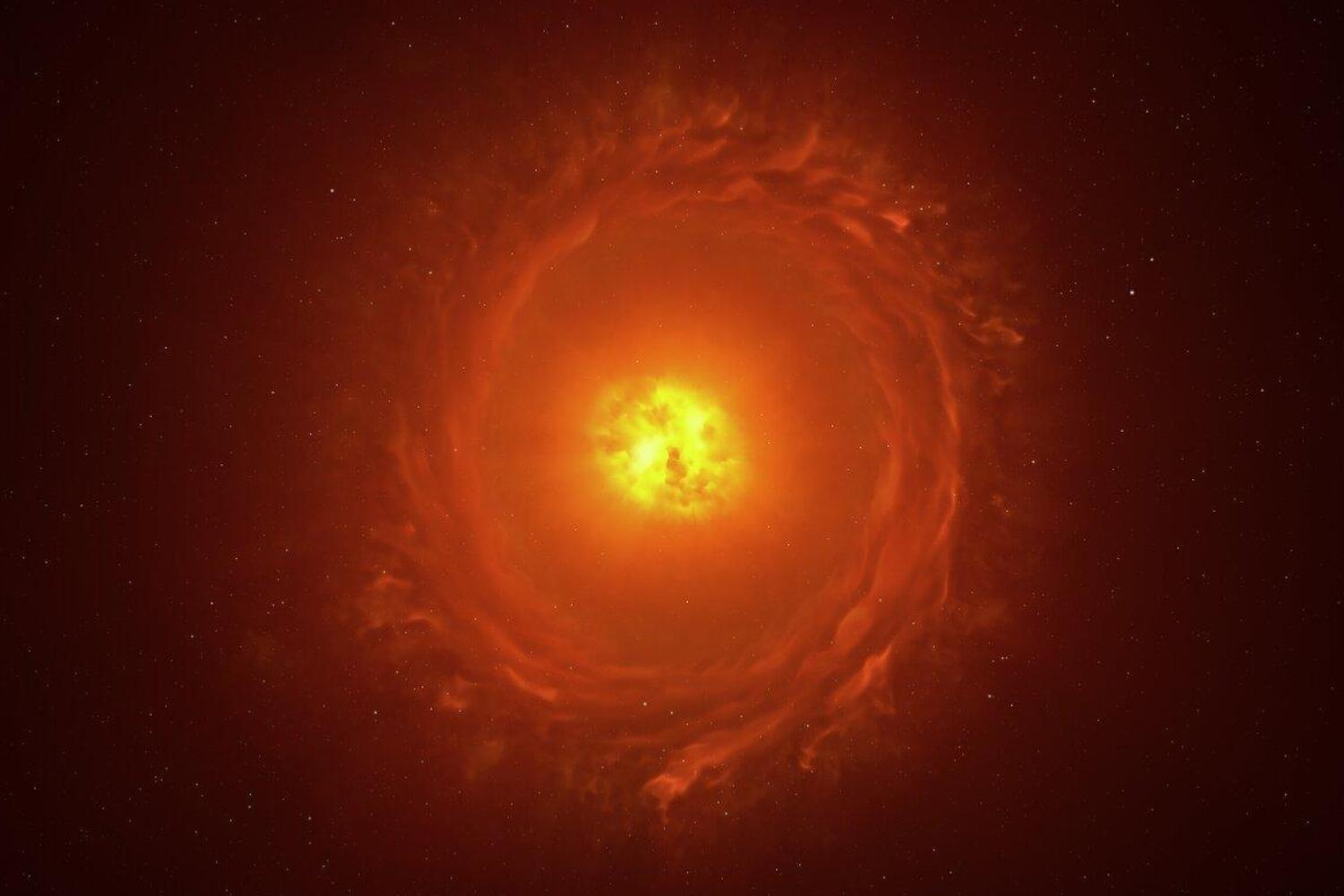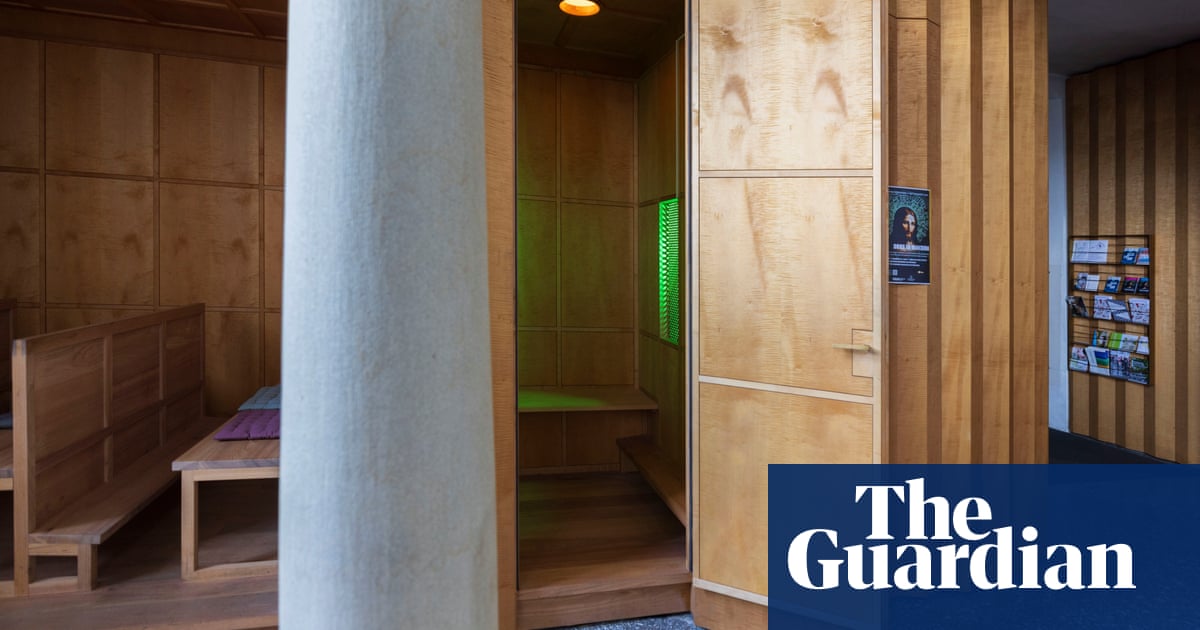This photo is historical. For the first time, a team of astronomers has captured a detailed image of a star in a galaxy other than the Milky Way. And all thanks to the same technology that captured the first image of a black hole and the supermassive black hole at the center of our galaxy.
The red giant star WOH G64. Using the powerful Very Large Telescope interferometer of the European Southern Observatory (ESO), an international team has photographed the red supergiant star WOH G64 in close-up, located in the Large Magellanic Cloud, 160,000 light years away.
With estimated dimensions of 2,000 times those of the Sun, it is one of the most massive stars we know, since it is going through its last stages of life, before exploding in the form of a supernova.
Why is it a historical image. The work of ESO and the Andrés Bello University of Chile, published in Astronomy & Astrophysics, marks a milestone in the observation of extragalactic stars.
Although astronomers have studied hundreds of nearby stars with advanced techniques, capturing in detail such a distant star, located in a galaxy other than the Milky Way, is an unprecedented achievement.
This advance opens a window for astronomers and astrophysicists to explore stellar phenomena in other galaxies, which could reveal new clues about the evolution and death of stars.


What have you seen in this case? The image reveals that WOH G64 is enveloped in an elongated, egg-shaped cocoon of gas and dust. The ejection of material appears to be related to the final stages of the star’s life. As for its shape, it could be due to gravitational interactions with a companion star that has not yet been detected.
Comparing the recent data with previous observations, the researchers further found that WOH G64 has become significantly dimmer over the past decade. This finding appears to be related to the formation of hot dust near the star, which blocks part of its light.
How the image was made. Thanks to the GRAVITY instrument on the Very Large Telescope, which combines light from four eight-meter diameter telescopes to create a “virtual telescope” with a resolution equivalent to that of a 130-meter diameter observatory.
Although GRAVITY continues to surprise with images like this, the future is even more promising with the arrival of GRAVITY+, an improvement to the current system that will allow fainter and more distant stars to be studied in greater detail. It will be essential to continue watching WOH G64, which is rapidly losing its shine.
Images | THAT
In WorldOfSoftware | For the first time in history, astronomers are seeing in real time how a black hole wakes up











